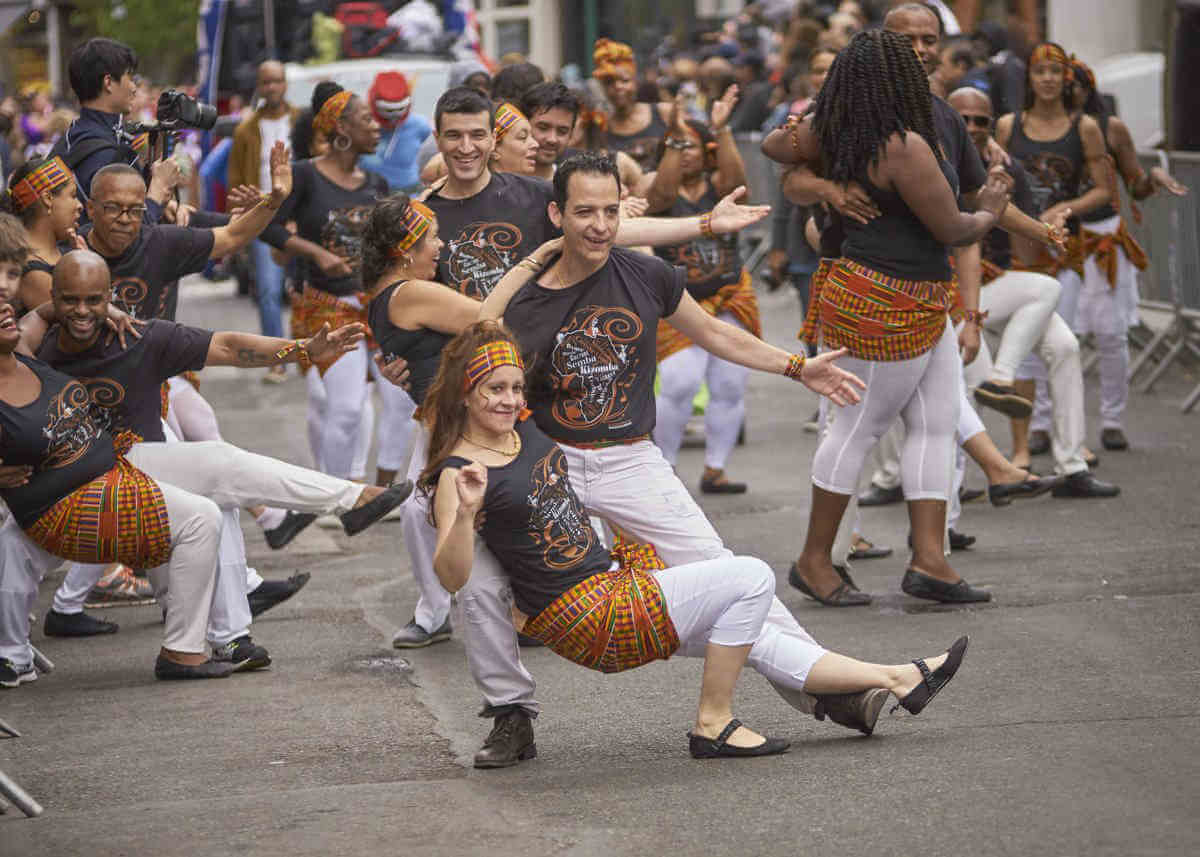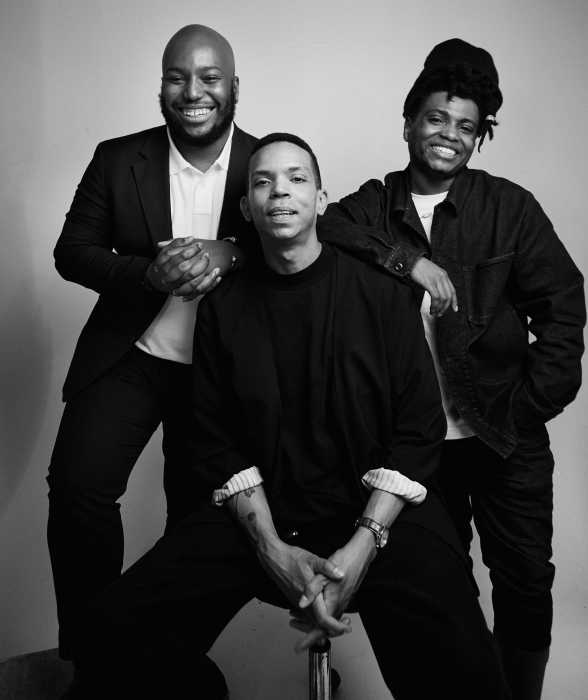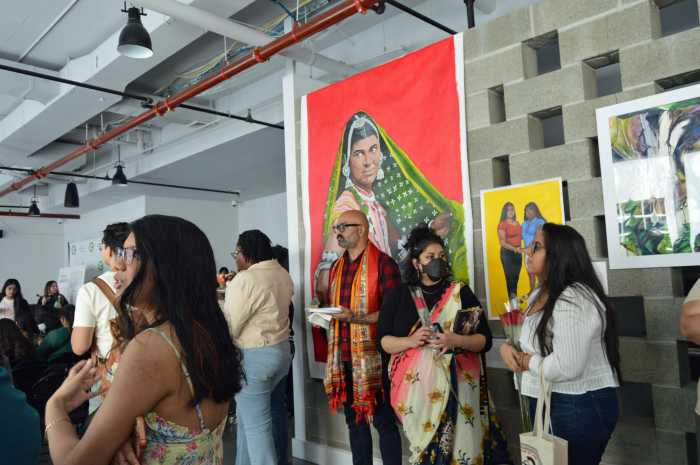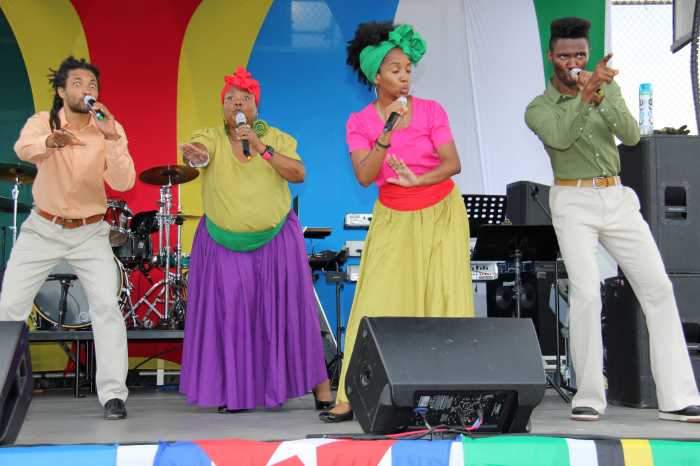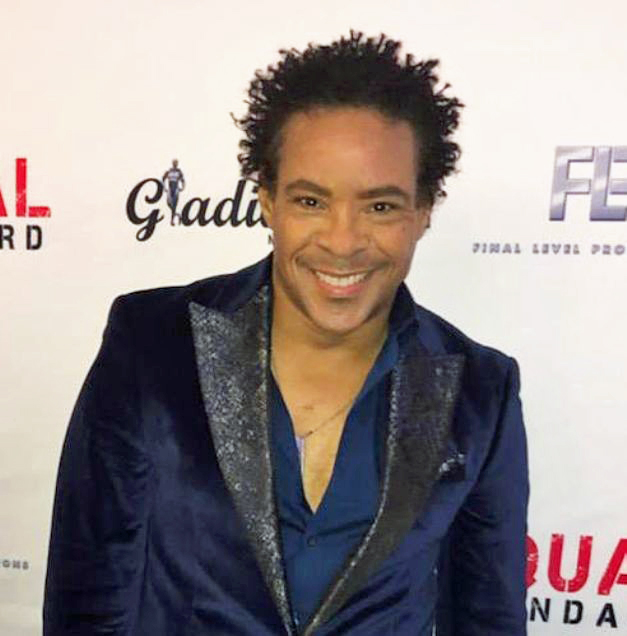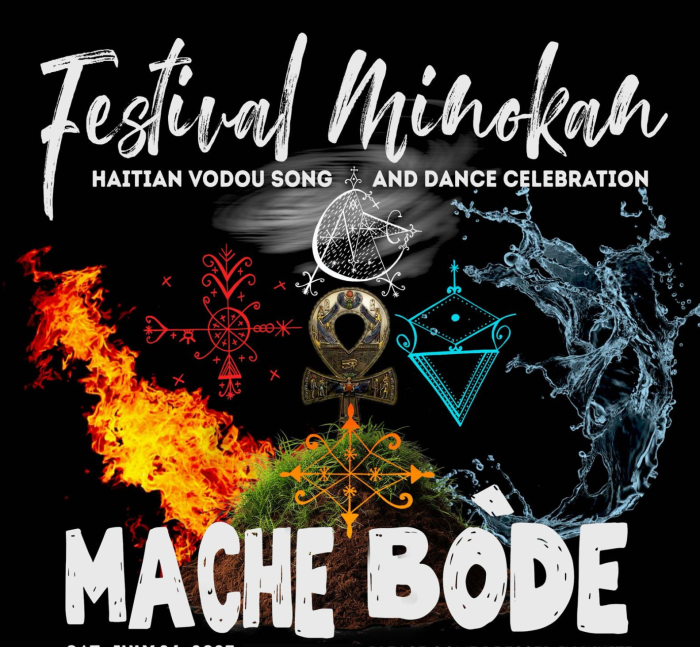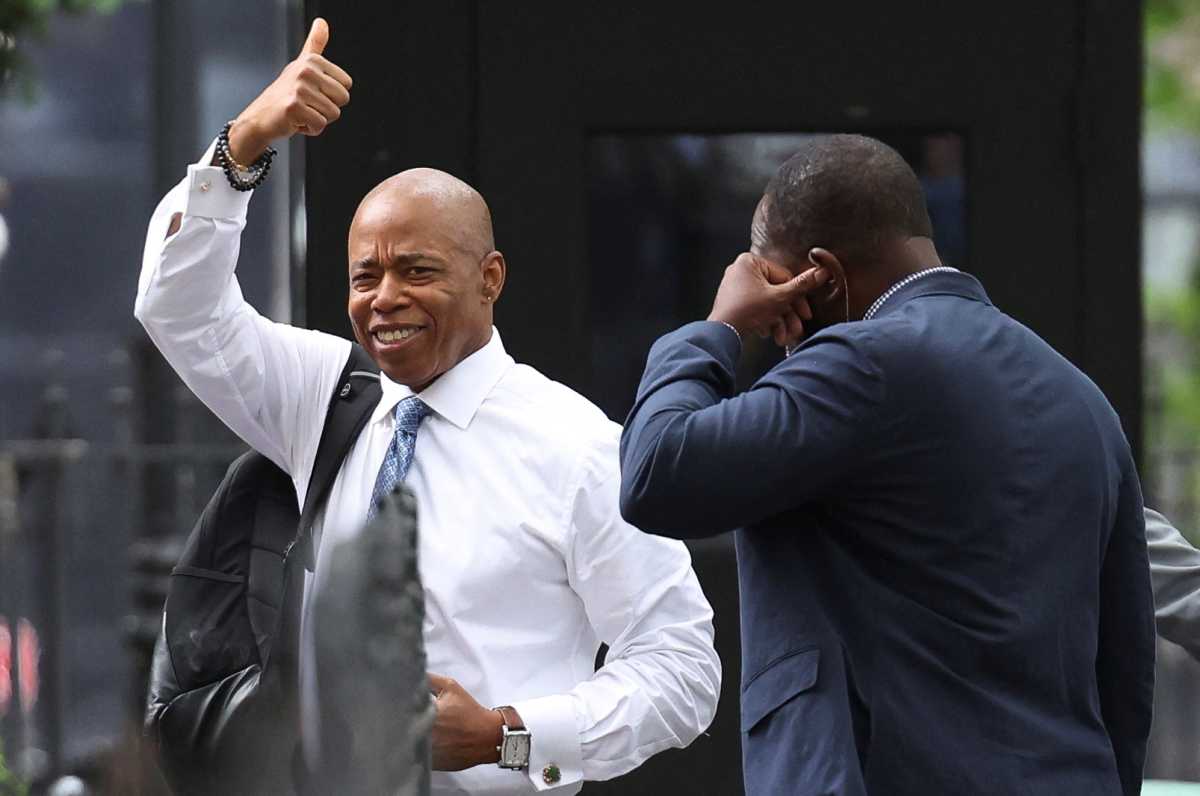The 13th Annual Dance Parade, will be held on Saturday, May 18, with more than 10,000 paraders including students, professionals, young and old, with color, costumes, and music engaging in 80 unique styles of dance and culture.
“With all the rhetoric of walls and xenophobia, it’s important that we acknowledge and support cultural treasures that exist across the world and here in New York,” said Greg Miller, Dance Parade’s executive director. “This year’s honorees for Grand Marshal were selected based on their commitment to promoting diversity, equity, humanity inclusion and unity, in their art and work. Dance is truly a universal language and the Parade and DanceFest really is a Movement of the People.”
Headlining the event as Grand Marshals are Tony award winners Bill T. Jones and Baayork Lee as well as Native American Louis Mofsie and DJ Dara.
Before the parade begins at 1 pm, Louis Mofsie founding member of Thunderbird American Indian Dance will lead a Circle Dance of 30 people at 21st Street and Broadway to recognize Mannahatta as unceded homeland of the Lenape Peoples. Then the parade will kick off.
“We have at least a dozen groups with ties to dance styles in the Caribbean and Latin America among them Fit4Dance (Soca Afro Caribbean), Tropicalfete (Caribbean Stilt walkers), Aty Tentayape (Tobas Amazon Folklore), Boliviaran Carpoles, Xochipili Dance Ensemble (Mexican Folklore) Gift of Dance (Latin Fusion), Dancers Dreamzzz (Mambo & Bachata), Mazarte Dance (Mexican Folkoric) and Los Andulleros de Santiago (Dominican Carnival),” according Rebecca Myles, an official of the Dance Parade organization.
The annual event starts at 21st and Broadway and brings together dancers from around the city and as far away as Japan to showcase dance styles in a cross-cultural, rhythm-infused magical display of human movement, art and color. Dance styles reflect the cosmopolitan legacy of the city and the elastic inventiveness of the form, and include African, Asian-Indian, avant garde contemporary, ballet, bhangra, Bolivian Tinkus, Brazilian zouk, breakdance, Chinese, contemporary, hip-hop, Irish, Indonesian, Jamaican Dance Hall, lindy hop, modern, roller disco, salsa, samba, Tahitian and tango.
“I’m so happy to share the beautiful music and dance of flamenco with the people of New York!” announced Xianxix Barrera, artistic director, Xianix Barrera Flamenco.
Leading the parade will be more than 200 enthusiastic city youth and elders dancing their “debut on Broadway” and having the fun of their lives. The young and old dancers will have participated in a 10-week education program of dance workshops sponsored by New York City Departments of Parks and Recreation and funded by New York City Department of Cultural Affairs. The workshops are run in schools, recreation centers and city parks in Queens, Brooklyn and Manhattan.
Though the cabaret law has been repealed the parade will honor its roots with a presence by the New York Dance Police (NYDP) — a jovial group of uniformed officers inspiring the crowds to dance and celebrate the spirit of Dance Parade. In contrast to the real Dance Police of the Mayor Giuliani era, anyone caught not dancing could be cited with a summons to attend a free dance class or party in the city.



